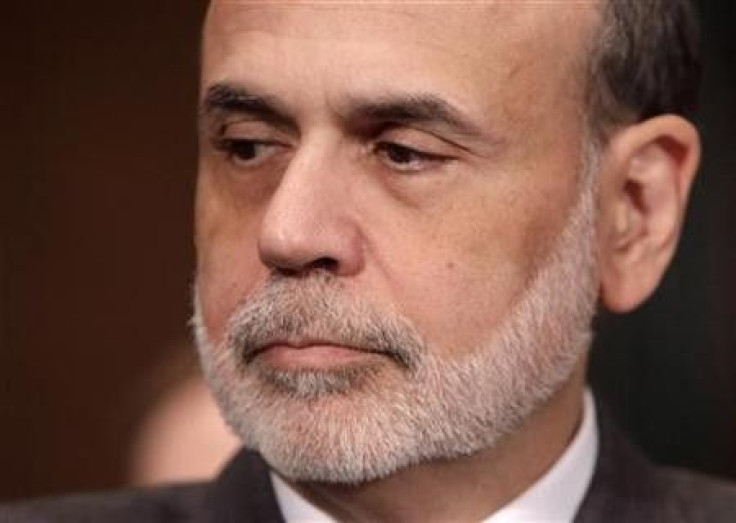U.S. Stock Market Tanks: 3 Things that Could Save It
OPINION

Despite Friday’s small gains, the U.S. stock market tanked this week and put in its worst performance since 2008.
For the week, the Dow Jones Industrial Average fell 738 points, or 6.4 percent, to end at 10,771.48. The S&P 500 fell 65.66 points, or 5.46 percent, to end at 1,136.43. The NASDAQ Composite fell 4.13 percent.
Not all hope is lost, however. Below are three events, which, alone or in combination, can reignite the bull market. How strong that bull market is, of course, depends on the degree to which these events occur.
Fed Money-Printing
The first round of money-printing (QE1) contributed to the 2009 U.S. stock market rally. The second round (QE2) was largely responsible for the late 2010 early 2011 rally.
Money printing puts money in the financial system and erodes the value of the U.S. dollar and nominal assets like bonds. It strongly incentivizes people to invest in real assets like gold and equities.
Fiscal Stimulus
Fiscal stimulus works, especially direct government spending (although there are consequences, as critics are quick to point out).
The U.S. government, despite its indebtedness, can still borrow and spend.
Meanwhile, China, the second largest economy in the world, can just spend from its huge cash hoard.
In 2009, a combination of U.S. and Chinese stimulus measures were largely responsible for the global economic recovery. If the two countries pull together in 2011 or 2012, it will lift the global economy and stock market once again.
Fiscal Union in Europe
The European debt crisis can be fixed. All the Eurozone members have to do is form a fiscal union on top of its monetary union.
While this move will likely end the European debt crisis, it alone will likely spark only a small U.S. stock market rebound because the U.S. economic weakness would still be unaddressed.
E-mail Hao Li at hao.li@ibtimes.com.
For more useful global markets information, visit ibtimes.com/sections/global-markets.
© Copyright IBTimes 2024. All rights reserved.











